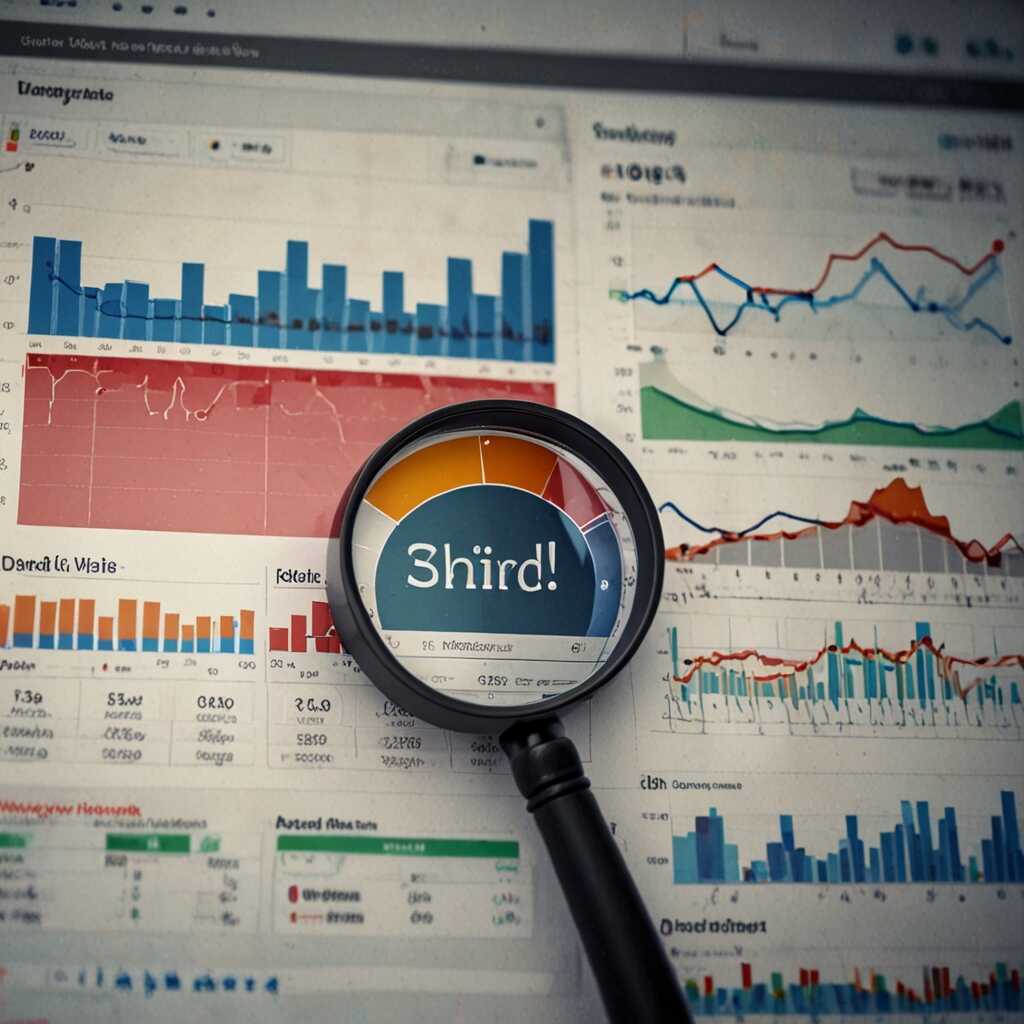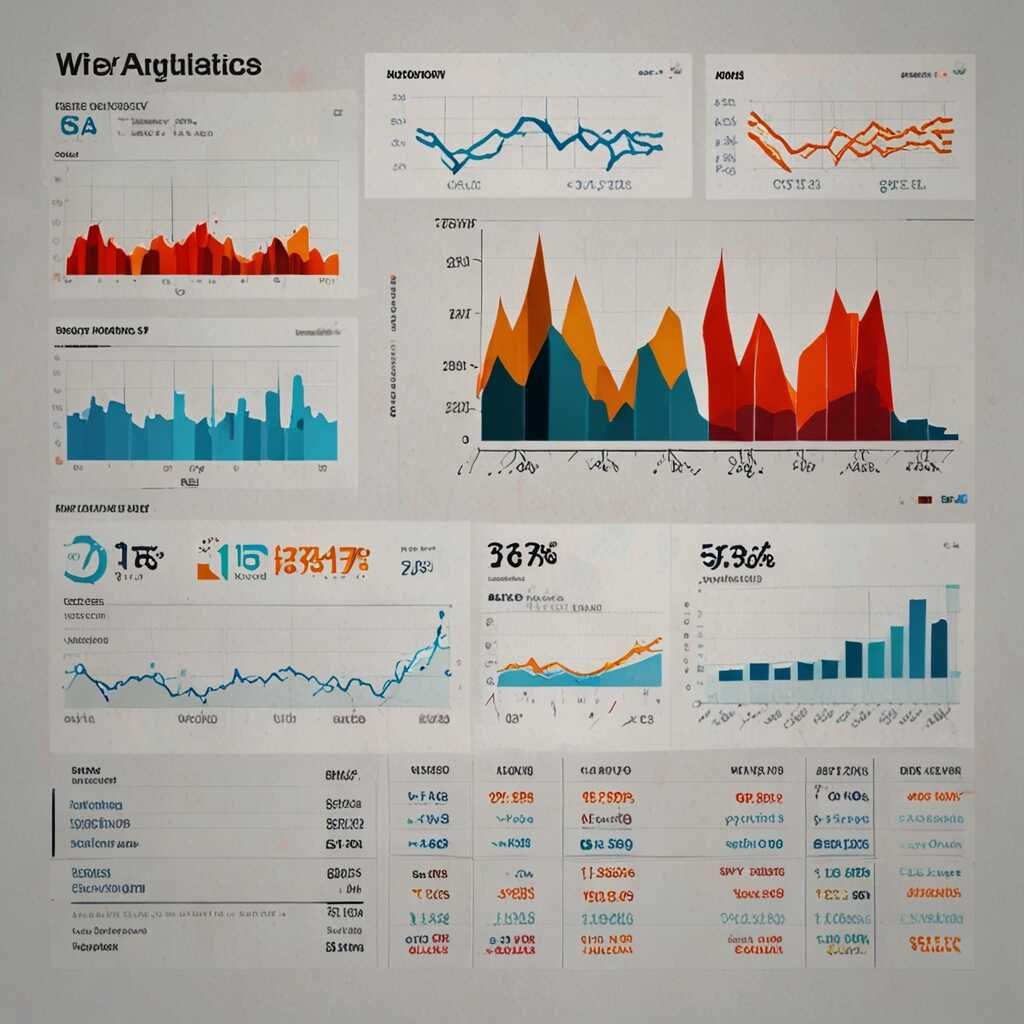Boosting your local search results by optimizing your Google My Business listing is essential for any local business owner. With a well-optimized profile, you can significantly enhance your visibility in local search results, drawing in more customers. At Metrics Rule, we understand the intricacies of SEO and Google My Business, and we are here to provide you with actionable tips to achieve success. Let’s explore how you can make the most of this powerful tool to improve your local presence and attract more clients.
Creating an Engaging and Complete Business Profile for Local Presence
To create a complete Google My Business profile, focus on essential elements like accurate business name, address, telephone number, and operating hours. Adding high-quality photos can greatly enhance your local listing visibility. Reviews also play an essential role; encourage satisfied customers to leave positive feedback. This builds credibility and helps showcase your business strengths effectively to attract more local interest. Remember, about 76% of local searches lead to store visits, so optimizing your profile is crucial.
Tips for Showcasing Your Business Strengths
Showcasing your business strengths on Google My Business is about more than just filling out forms; it’s about presenting your brand effectively. Highlight unique features like product categories, special services, or promotions that differentiate you from competitors. Use rich media such as videos or 360-degree photos to provide potential customers deeper insight into your offerings. This approach not only improves local listing visibility but also helps engage customers by providing a comprehensive view of your business. Engaging visuals help to build trust and can lead to higher conversion rates.
Identifying Local Keywords for Optimal Listing Performance
Researching local keywords requires a strategic approach. Start by using tools like Google Keyword Planner and Ubersuggest to identify terms that people use to find services in your area. Focus on incorporating these keywords into your business description on Google My Business. Aim to include 5 to 10 local keywords that accurately reflect your services and location. This not only enhances your visibility in local searches but also ensures that your listing speaks directly to what users are actively searching for.
Utilizing Tools for Local Keyword Research
Several tools can help you identify popular local searches effectively. Google Trends allows you to see what terms people are looking for in specific areas. Additionally, tools like Moz and SEMrush provide insights into search volume and trends, which include businesses, events, and community landmarks. By analyzing this data, you can pinpoint the most effective keywords to incorporate into your Google My Business listing, enhancing your local SEO strategies significantly.

Impact of Visual Content on Attracting Local Customers
Strategically choosing high-quality images can significantly boost your Google My Business listing. Images capture attention and enhance visual appeal, making it easier for potential customers to connect with your business. Utilize photos of your products, storefront, and happy customers to create an inviting atmosphere. Local customers are more likely to engage with listings that showcase a vibrant, relatable presence. Including various types of visual content, such as event images, can also provide deeper insight into your business activities. Aim for a lively representation that highlights what makes your business unique.
Types of Visual Content That Attract Local Customers
When deciding on the types of visual content to include, focus on high-quality images that showcase your products and services effectively. Provide images of your storefront to help local customers recognize your business easily. Additionally, uploading photos of past events and happy customers can foster trust and create a sense of community. Research indicates that listings with at least 10 images can see a higher engagement rate. Ensure all images are well-lit and properly framed, as this enhances the perceived quality of your listing and draws in more local clientele, ultimately improving your overall visibility in search results.
Key Statistics You Should Know
- Over 80% of local searches lead to a purchase within a day.
- Nearly 70% of searches use Google My Business listings.
- Businesses with updated info receive 2.5 times more clicks.
- Listings with photos get 42% more requests for directions.
- Customers trust businesses with positive reviews 72% of the time.
- Mobile searches for local businesses grow by 50% year-over-year.
- Over 1 billion people use Google Maps for local guidance.
Managing Customer Reviews to Build Trust and Reputation
Effectively managing customer reviews is essential for enhancing your business’s credibility. First, you should actively solicit reviews from satisfied customers. This can be done through follow-up emails after purchases, encouraging feedback on social media, or providing incentives for reviews. Next, responding to reviews—both positive and negative—demonstrates that you value your customers’ opinions. This interaction helps build consumer trust and can enhance your local search rankings. According to research, nearly 93% of consumers read online reviews before making purchase decisions, emphasizing the importance of a solid review management strategy.
Strategies for Effective Review Responses
Implementing effective review response strategies is crucial. Begin by thanking customers promptly for their positive reviews, which reinforces their positive experience. For negative reviews, address the concerns directly, showing that you are willing to improve. Transparency is essential; acknowledge issues and outline steps taken for resolution. This demonstrates reliability and can significantly enhance your online reputation. In 2025, businesses with active engagement in managing their reviews will be better positioned in local search rankings and likely experience improved consumer trust, making this strategy a fundamental aspect of e-commerce and local SEO efforts.

Maintaining Updated Business Information to Ensure Consistency
Keeping essential business details updated, such as business hours and contact information, is vital for effective Google My Business optimization. Accurate listings significantly enhance customer trust, as potential customers rely on this information when deciding to visit your store. Studies have shown that around 82% of users trust businesses with consistent listings more than those with discrepancies. Regularly checking your Google My Business profile ensures that you present a reliable face to your customers, directly impacting your local search engine optimization (SEO) rankings.
Best Practices for Updating Your Google My Business Information
Implementing best practices for updating your Google My Business profile can enhance visibility in local search results. Start by setting a schedule to review your business hours and contact information at least once a month. This helps ensure that any changes—like holiday hours or staffing updates—are accurately reflected. Moreover, consider using Google Posts to inform customers about special hours or promotions. This proactive approach not only keeps your listings consistent, but it also engages customers and enhances their trust in your business. By prioritizing your Google My Business updates, you significantly boost your chances of standing out in local searches.
Advantages of Effective Local Business Listings
- Higher visibility in search engines leads to more foot traffic.
- Optimized Google My Business entries improve local rankings.
- Customers can find essential information easily, enhancing user experience.
- Businesses can manage and respond to customer reviews quickly.
- Improved online credibility builds customer trust over time.
- Local promotions can reach the target audience effectively.
- Enhanced customer engagement can lead to increased loyalty.

Utilizing Google My Business Insights for Data-Driven Decisions
Understanding Google My Business insights is crucial for enhancing your local strategy. By analyzing performance metrics such as views, searches, and clicks, you can identify which aspects of your profile are effective and which need improvement. Tracking customer actions can help you determine how many users engage with your listing, revealing valuable information for your SEO analysis. Utilizing insights enables you to make data-driven decisions that enhance visibility and performance in search results.
Key Performance Metrics to Monitor
To effectively utilize Google My Business insights, focus on key performance metrics such as profile views, search impressions, and customer actions. The number of customers who click to call or request directions is essential for measuring engagement. Additionally, analyzing the trends of these metrics over time can provide a deeper understanding of customer behavior, helping you to refine your local strategy. Regularly reviewing these key performance metrics will ensure you optimize your Google My Business profile and improve its overall effectiveness.
Creating Engaging Google Posts to Enhance Customer Interaction
Utilizing Google Posts is essential for local businesses aiming to boost visibility and customer interaction. These posts foster a direct line of communication with your audience, allowing you to share updates, offers, and events effectively. Regular updates can drive local traffic by keeping your customer base informed and connected. Engaging content not only promotes customer engagement but also enhances your listing’s credibility, encouraging more reviews and positive feedback. Using a variety of posts, such as promotional offers or community events, can attract different segments of your audience, ultimately increasing foot traffic and online engagement.
Best Practices for Crafting Google Posts that Drive Engagement
To craft effective Google Posts, focus on clear, engaging content that showcases your brand’s personality. Start with an eye-catching image or video that captures attention. Posts should include calls-to-action (CTAs) encouraging customers to visit your site or store. Aim to include relevant keywords to optimize searches. For example, if you’re a café in Vancouver, using terms like “fresh coffee” or “local pastries” can enhance your visibility in local searches. When planning your post frequency, aim for at least one update per week. This consistency not only keeps your audience engaged but also signals to search engines that your listing is active, improving your overall SEO performance. Make sure to test different types of posts to determine which content resonates best with your audience.
Brands and Their Local Search Strategies
- Yelp offers community-driven reviews but may lack visibility in Google.
- Facebook Pages allow businesses to connect with customers but can be less focused on search results.
- Tripadvisor is essential for tourism-driven businesses but limited for non-tourism sectors.
- Angie’s List targets local services but requires membership for full access.
- HomeAdvisor connects service professionals with local jobs effectively.
- Google My Business is comprehensive and essential, as it integrates into search results seamlessly.
- Local directories provide varied data, but consistency is crucial for credibility.
Implementing Local SEO Best Practices Beyond Google My Business
To effectively enhance your local SEO efforts, consider focusing on local SEO strategies like optimizing your website for local keywords, creating location-based content, and encouraging user-generated content. Online reviews play a crucial role in improving your local search visibility; responding to them increases engagement. Research shows that about 84% of consumers trust online reviews as much as personal recommendations, highlighting their importance.
Maximizing the Impact of Online Reviews for Local SEO
Online reviews are essential for local SEO, as they influence both your Google My Business listing and overall search engine optimization. Encouraging satisfied customers to leave reviews can improve your reliability in the eyes of potential clients. Focus on gathering reviews from diverse platforms like Yelp, Facebook, and Google to cover various demographics. Your review strategy should include timely responses to feedback and providing insightful replies that showcase your commitment to customer satisfaction. By consistently managing reviews, you enhance your visibility and reliability in local searches.
